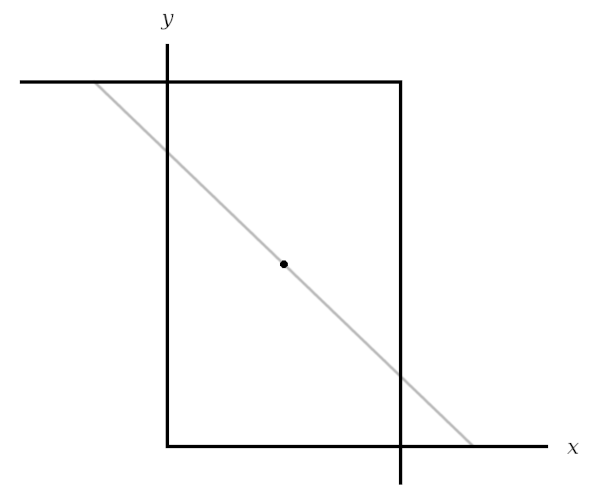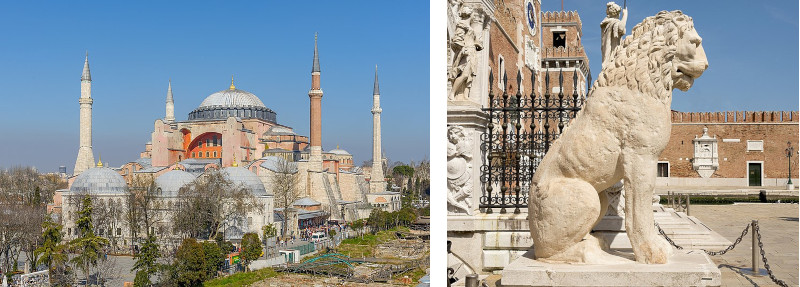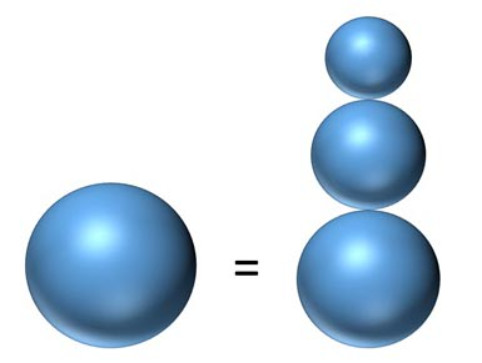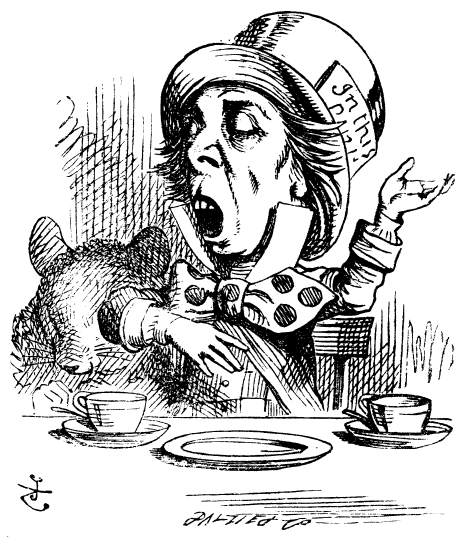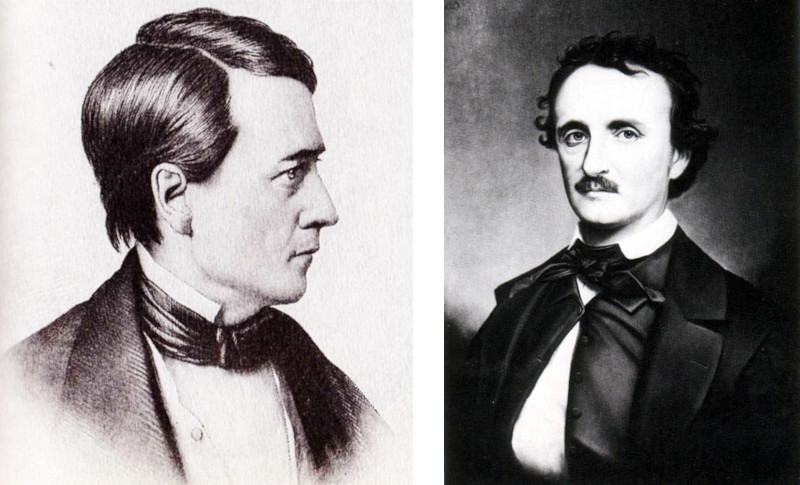
Edgar Allan Poe’s tale “The Cask of Amontillado” is regarded today as a testament to his imagination, but in fact it was inspired by a feud with a literary rival. Poe and Thomas Dunn English had been friends, but they had a falling-out that descended into a fistfight in which Poe claimed to administer “a flogging which he will remember to the day of his death.” Thereafter the two caricatured one another in their writings — Poe even successfully sued English’s editors at the New York Mirror for libel in 1846.
In English’s novel 1844, the character Marmaduke Hammerhead is a veiled dig at Poe — he’s a liar and drunkard who is said to be the author of “The Black Crow” and uses phrases such as “Nevermore” and “lost Lenore.” It was in response to this novel that Poe wrote “The Cask of Amontillado” — the story mentions a secret society, a signal of distress, and a particular coat of arms because they all figured in English’s book. The very setting of Poe’s story derives from a scene in English’s novel that takes place in a subterranean vault.
But these associations have now been forgotten, and Poe’s story is remembered as a tale of the fantastic.

